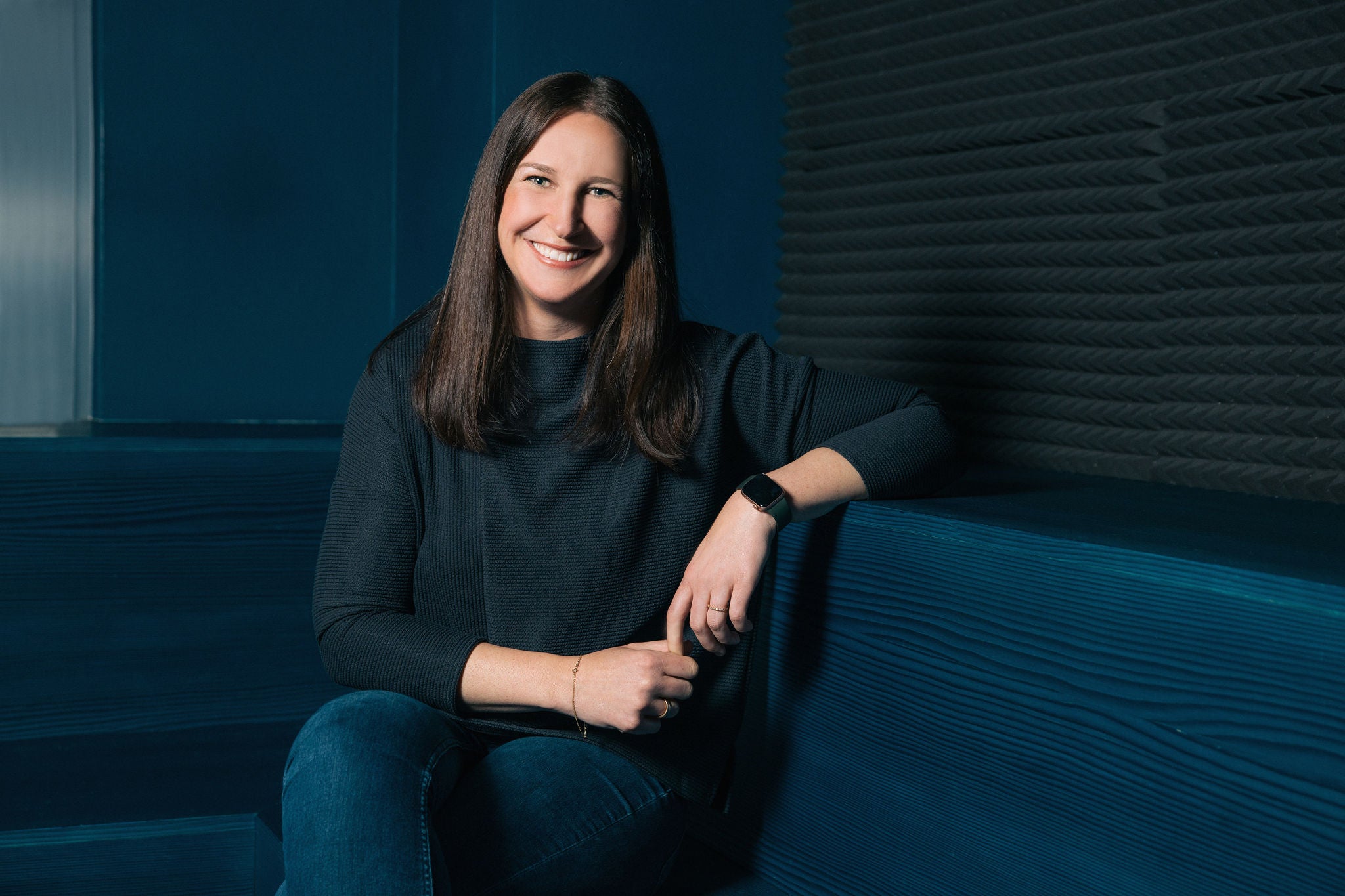It was a long saga at Google lasting over four years: the end of third-party cookies was announced for 2020. It was then postponed several times because Google was unable to provide the market with an acceptable alternative. And then recently, the roles were reversed: the third-party cookie can stay in Chrome, Google's browser, as long as users do not change their basic settings.
Is this a response to pressure from the advertising industry? Or has Google simply realised that its privacy sandbox is far from ready for prime time? In tests of the so-called Protected Audience, the in-browser interface for ad auctions, participating publishers saw their reach and revenues plummet due to delivery delays and other problems. In Google's own tests, the drop was around 20 percent, and as much as 60 percent in third-party tests. In addition, the UK's Competitions and Markets Authority (CMA), to which Google is contractually subject, has indicated that it may conclude that Google would benefit more than the rest of the market from introducing the privacy sandbox and simultaneously deactivating cookies. With its decision, Google is therefore presumably also preventing regulatory intervention.
So what happens now?
Those who hadn't yet developed alternative strategies (and there were many, if you believe the various surveys), will now breathe a sigh of relief: ‘We'll just continue with our third-party cookie campaigns in Chrome.’ Is that the solution? I wouldn't recommend it. Google's step backwards is not a step forward for the market.
There are good reasons to free yourself from reliance on third-party cookies. In Germany, for example, only half of desktop users and two-thirds of mobile users can be reached with cookies. This is because Safari and Firefox, together accounting for almost 30 percent of the market share in Germany, have already abandoned cookies. Another aspect is also gaining in importance: Google has also announced that it will ask users for their consent in the browser. Exactly how this will work and when will come into effect has not yet been announced. However, insiders expect this consent request to be implemented in 2025, as Google has regulators breathing down its neck.
When it comes, we can be sure that cookie consent will drop significantly. Today, about half of all impressions carry a cookie, and we reach 30 to 40 percent of users through Chrome. If the generic opt-in comes to the Chrome browser, that number will at least halve. We would then reach 15 to 20 percent of users via cookie. This amounts to a de facto elimination of third-party cookies as a marketing tool.
The privacy sandbox, which Google has long presented as an alternative to cookies, would not only have further expanded Google's market dominance. It is also not a mature, serious alternative that delivers good results for advertisers in practice. We hear this from the UK market, where the sandbox is already in use. So advertisers and their agencies are being asked to rethink digital campaign targeting.
There are several approaches to solving this problem: modern, contextual targeting is one of them. However, today's contextual targeting looks very different from the classic environment targeting of a few years ago. Artificial intelligence plays an important role here.
How AI-based contextual targeting works
Mediaplus has developed our existing NE.R.O (net reach optimisation) tool for use with artificial intelligence. The NE.R.O AI crawler scans over 50,000 articles on the web every day, processing millions of data sets that are used to continuously train the AI. To do this, NE.R.O AI uses a large language model to understand the context, affinities, psychographic and emotional structures and topics. Based on this information, the AI then assigns the scanned and classified articles to target groups, which are determined using our Mediaplus Value Planning approach and used for campaign management. This means that not only channels and media, but also individual articles can be assigned to the characteristics of the target group.
Gone are the days when a tourist destination or an airline advertised alongside an article about a flood disaster (as in Valencia in November), a jellyfish plague, or a drought of the century because the targeting was based on a keyword. With AI-powered contextual targeting, the large language model sees the connections. The camping holidaymaker or motorhome enthusiast is no longer shown a luxury hotel. The AI helps to ensure that there is an optimal fit with the target audience, and although the campaigns work without cookies, they can be controlled on a highly individual basis.
AI-based contextual targeting has long since moved beyond the laboratory or testing phase where the privacy sandbox has operated for years. Real-world campaign results show that NE.R.O AI consistently performs significantly better than traditional profile targeting – for example, with an average of 90 percent longer dwell time and 21 percent higher click-through rates. So there are alternatives to third-party cookies. And they work.
Google's decision to continue relying on cookies in Chrome may be understandable from a regulatory and convenience perspective. But it is not a sustainable or smart decision.
Interested in more content?
Back to Issue #17



